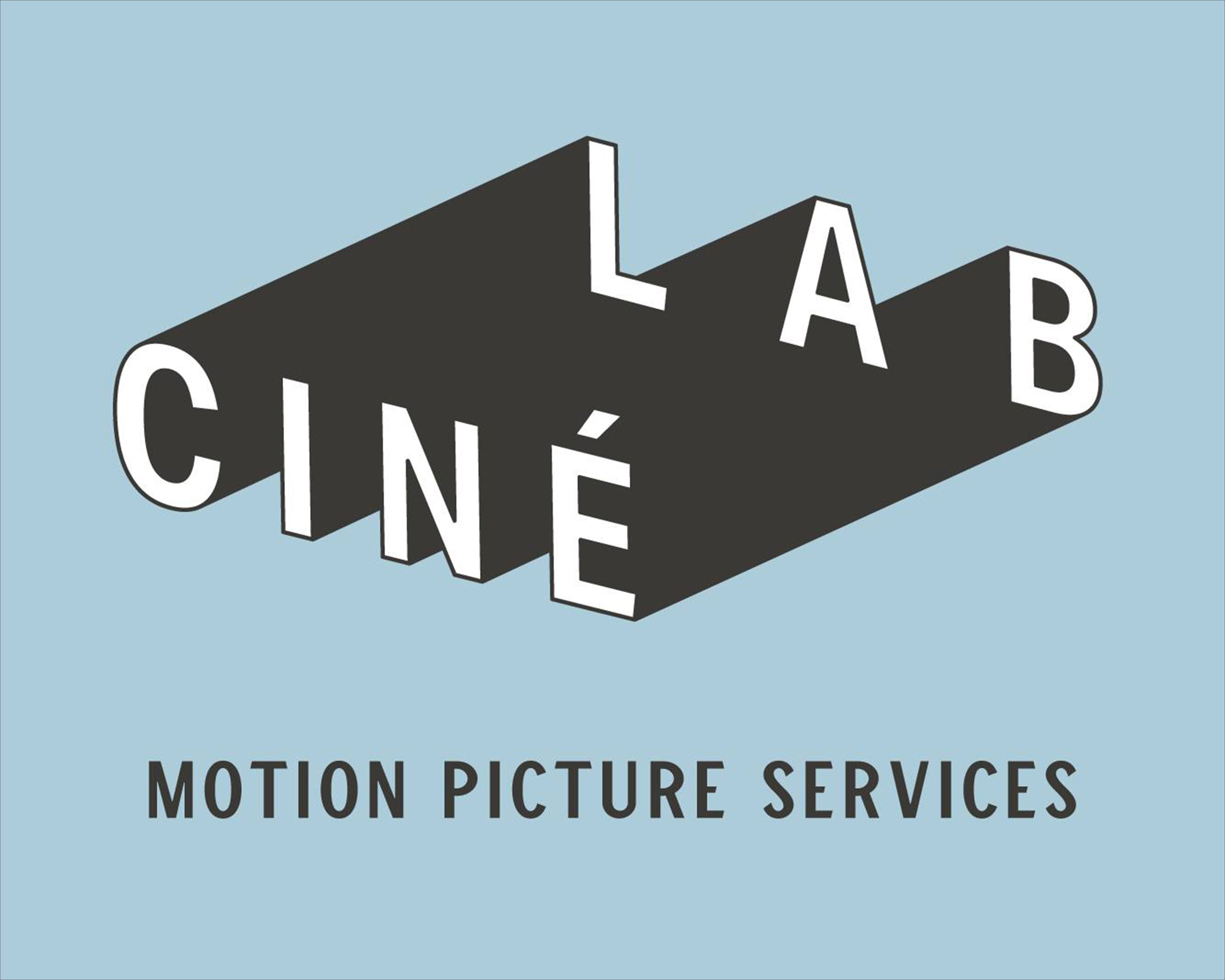There are many DP's who strive to shoot most of a movie at the same f-stop, for consistency's sake (Fred Elmes, Gordon Willis, etc.) The lenses will behave more similarly, there will be a consistent feeling to the depth of field, etc.
I'm not such a stickler for that, though. For one thing, apparent depth drops off as you focus closer, so obviously the depth of field is going to change during a scene. I try and keep to the same f-stop for a scene coverage because otherwise the lighting contrast can change if I monkey around too much with the key light level shot to shot. And for matching coverage (like when intercutting singles) it helps to match lens and f-stop. But if I'm going to go in for a macro shot, then obviously what seemed like enough depth of field at a T/2.8 in the wide shot will look ridiculously shallow-focus in the insert, so I don't hesitate to light an insert to a deeper stop if necessary.
Also, for night work, you may not be able to achieve more than a T/2.0 or barely at T/2.8, but does that mean that if the majority of your movie is going to be shot in the desert in the sunlight, you MUST shoot those scenes at a T/2.0 just to match the night stuff?
I think it's a good idea to have a depth of field STYLE chosen for a film, and to pick a consistent stop for a sequence to make matching lighting contrast easier, but I think you have some liberty when there is a radical shift in location, like from a day exterior to a night exterior.
But it's a good idea to have an advance notion of what f-stop you'd like to be shooting at for the scenes in general, because it's a creative choice but also a practical one. For example, you may need to use a zoom for some shots that only opens to a T/4, or only looks good at that stop, so you may plan your lighting around the limitations of that lens.
Yes, I occasionally have to change the stop in mid-shot. It's sort of a last resort solution and has to be planned carefully -- you want the camera to be moving off of the background during the stop change so that you don't see the SAME details change in brightness, so you can hide the change like when panning someone through a door from the outside, but not if the shot is a lock-off of someone walking from the background to the foreground (I mean, you can do it, but you'll see the background change in brightness as the stop changes.)






